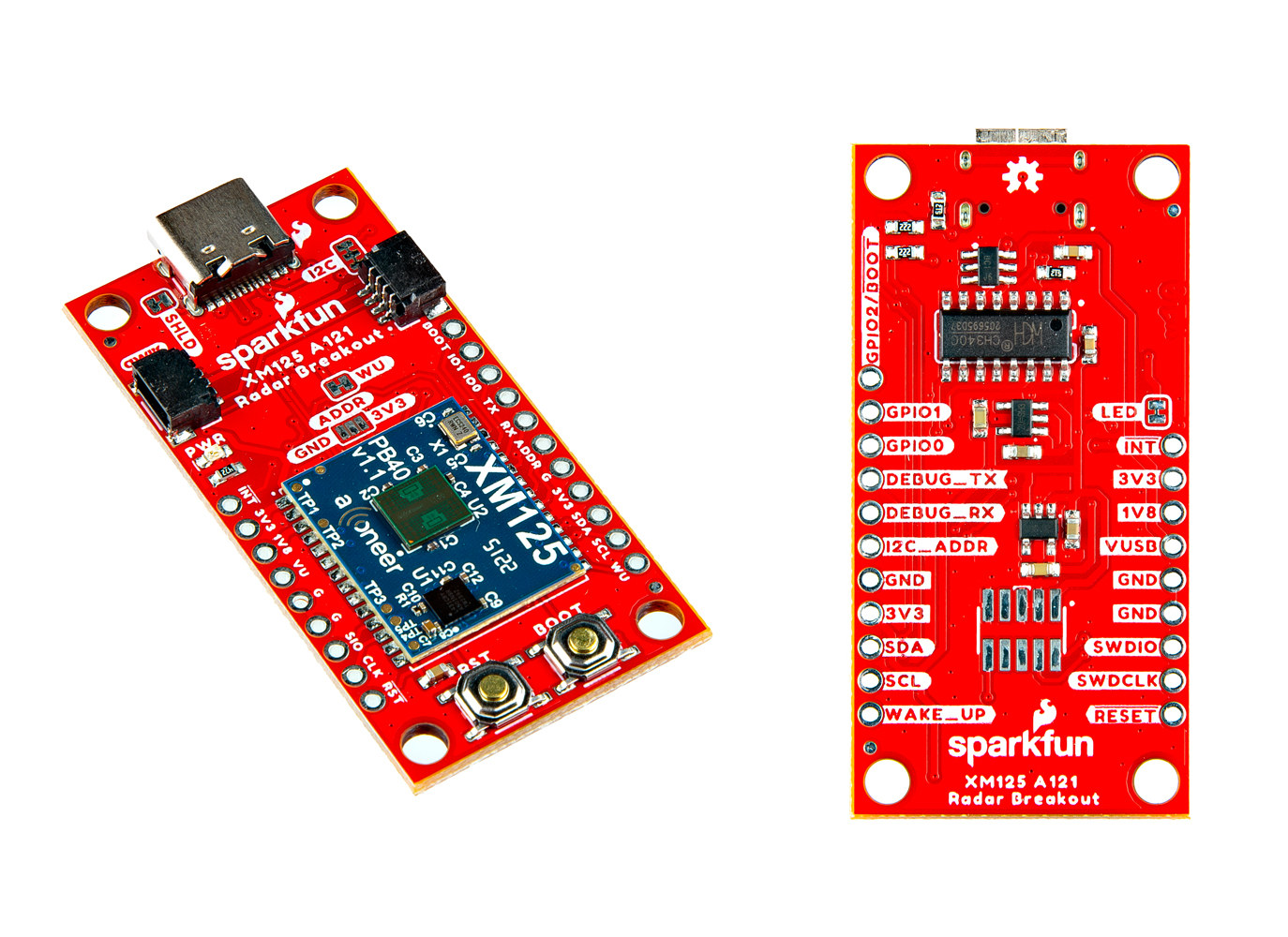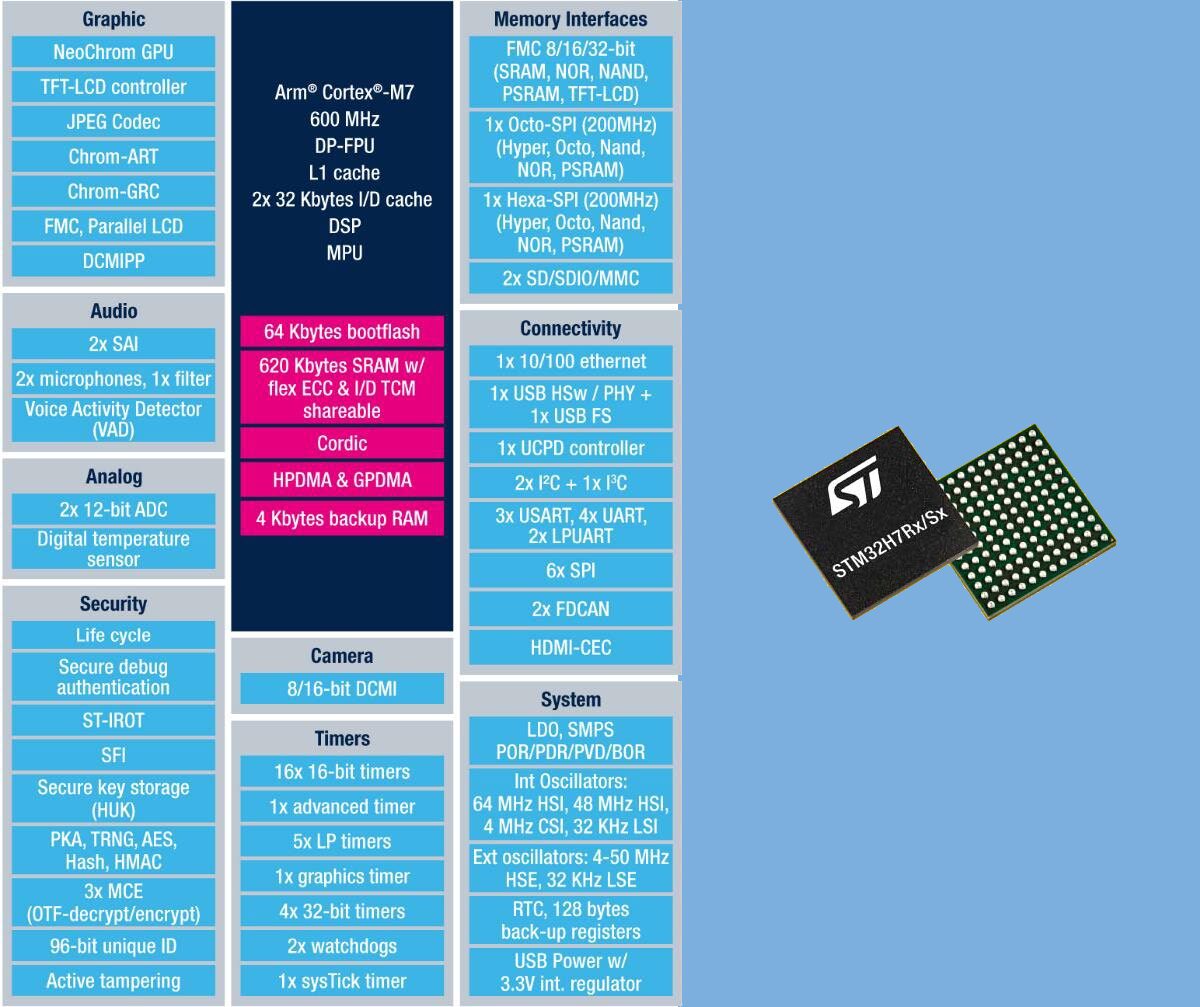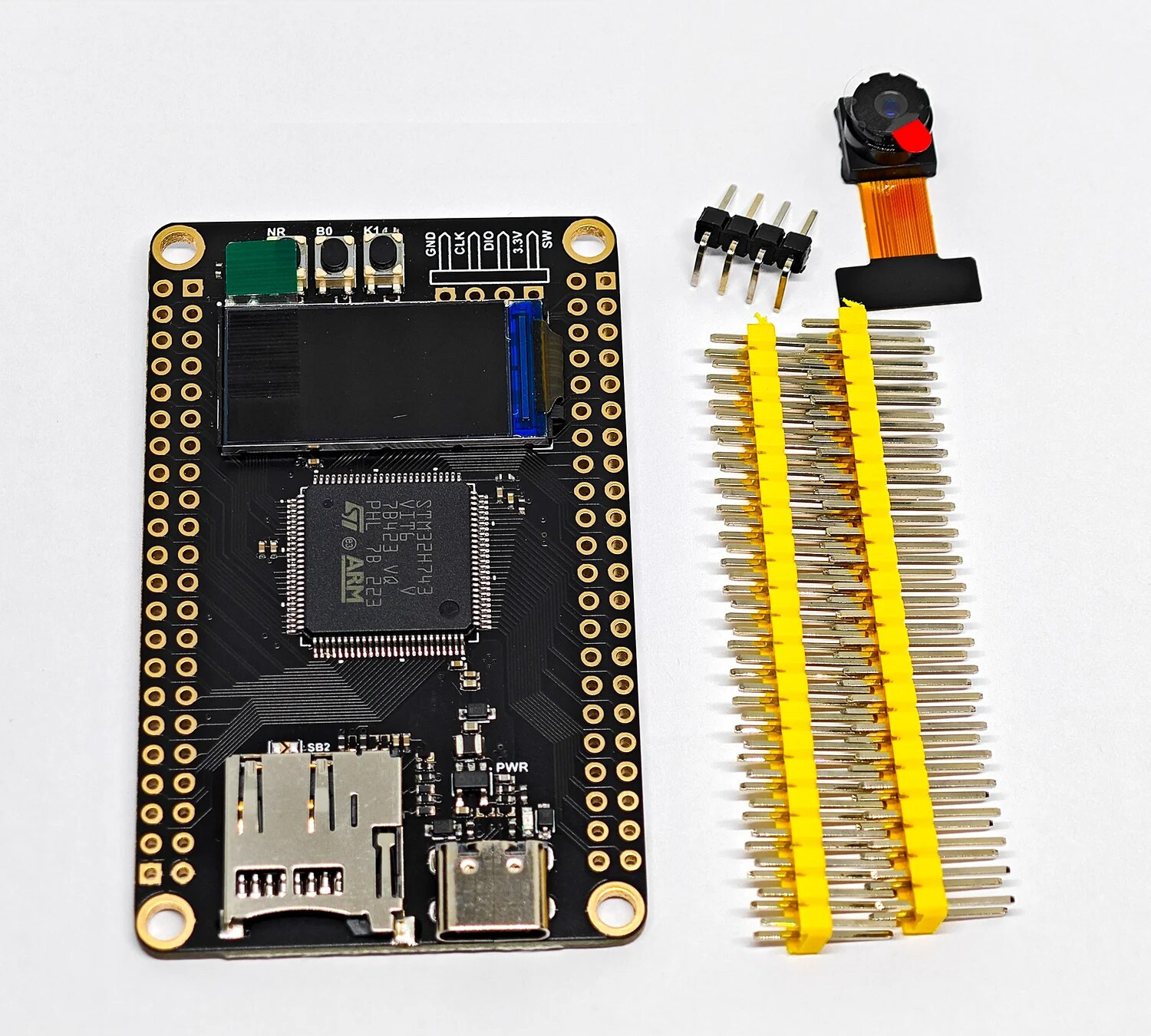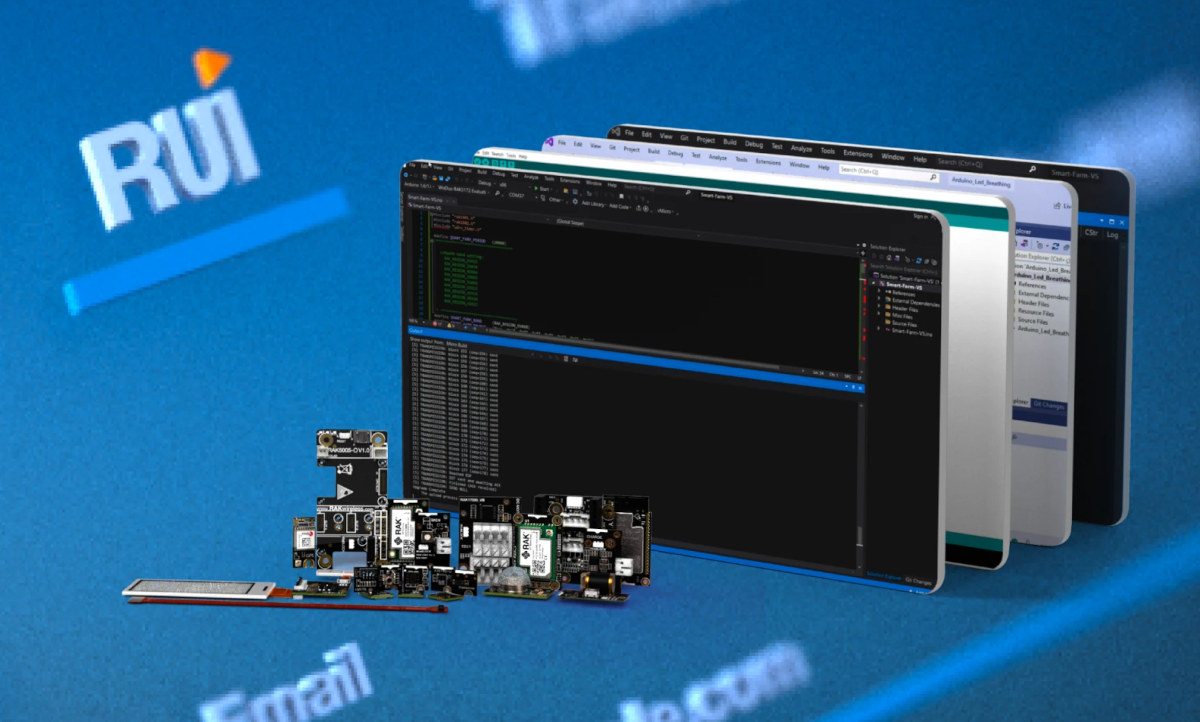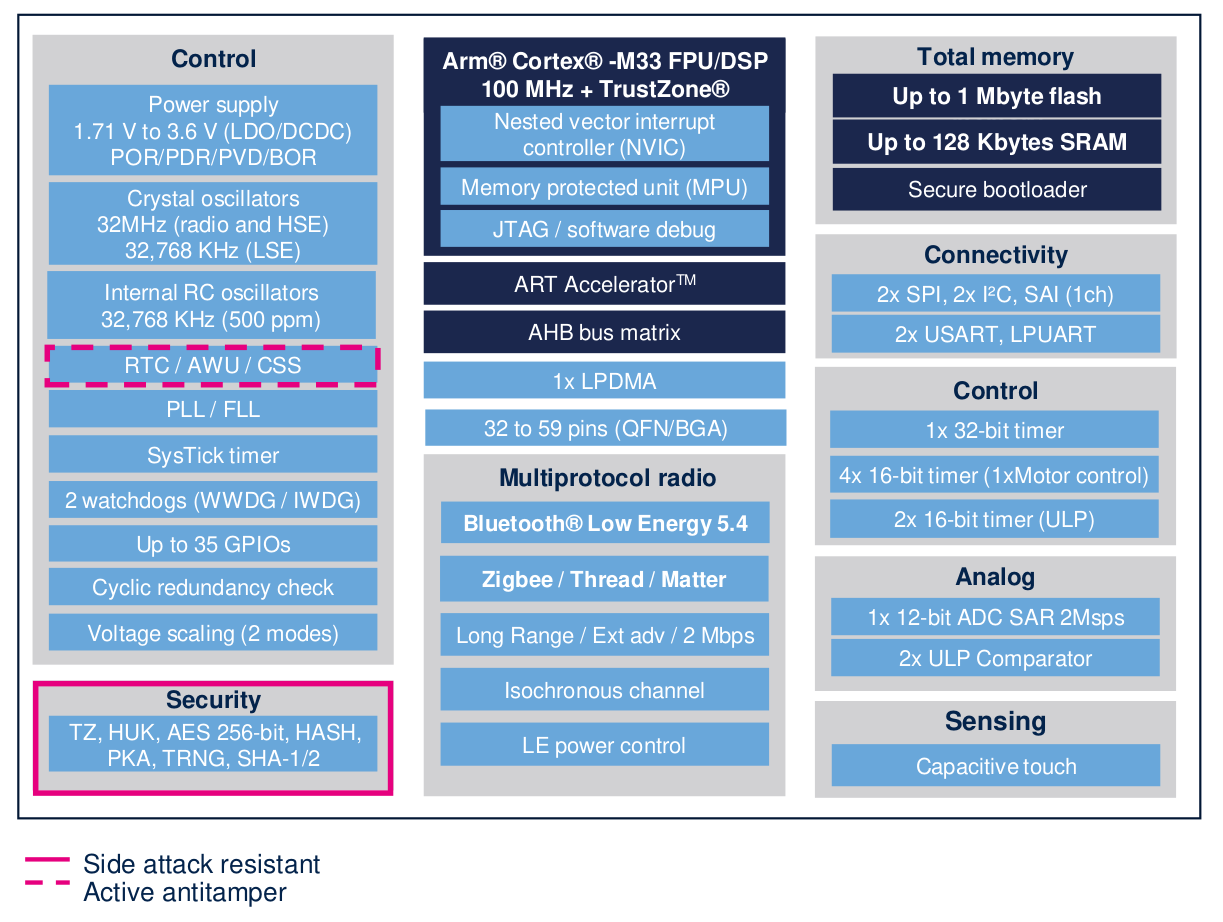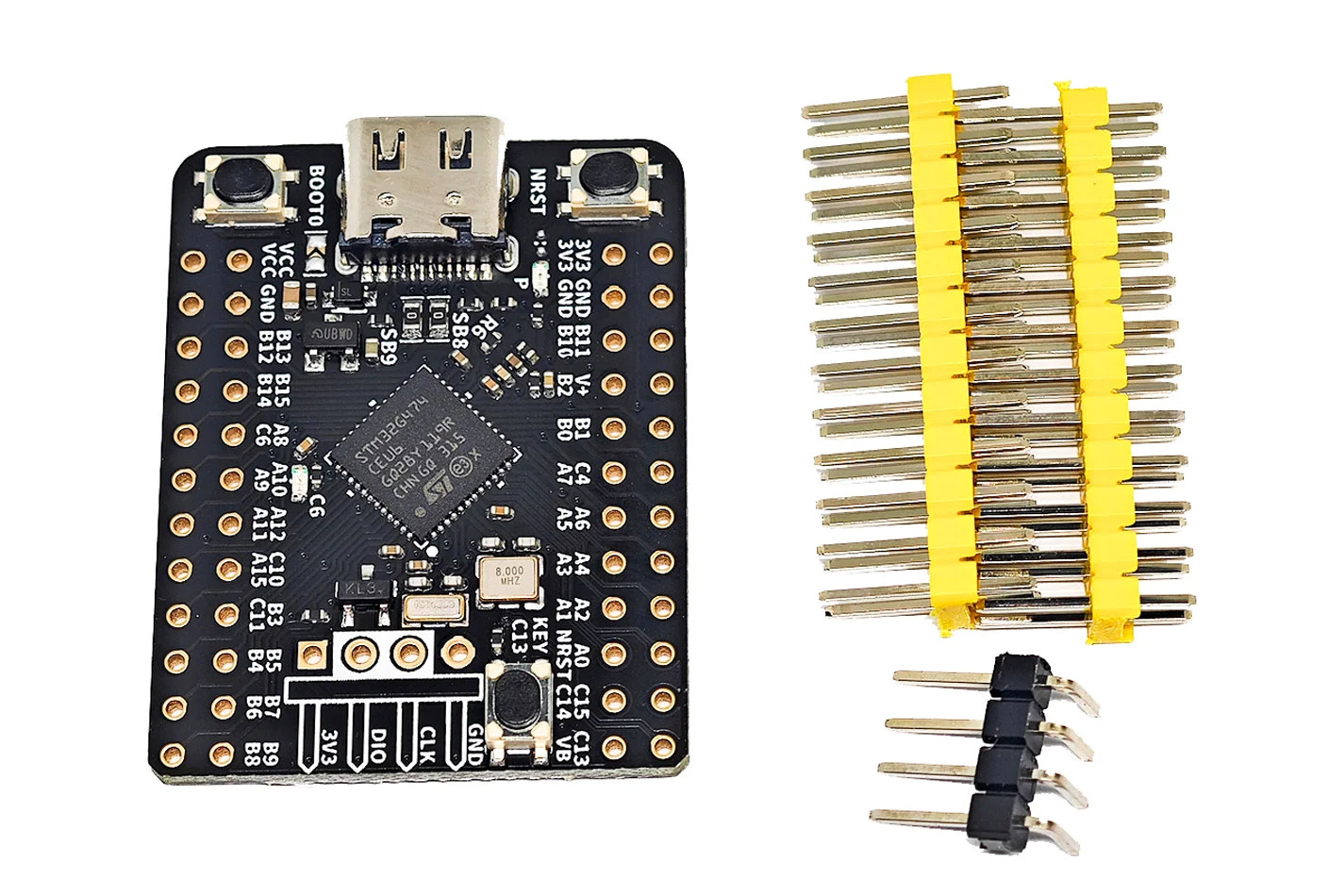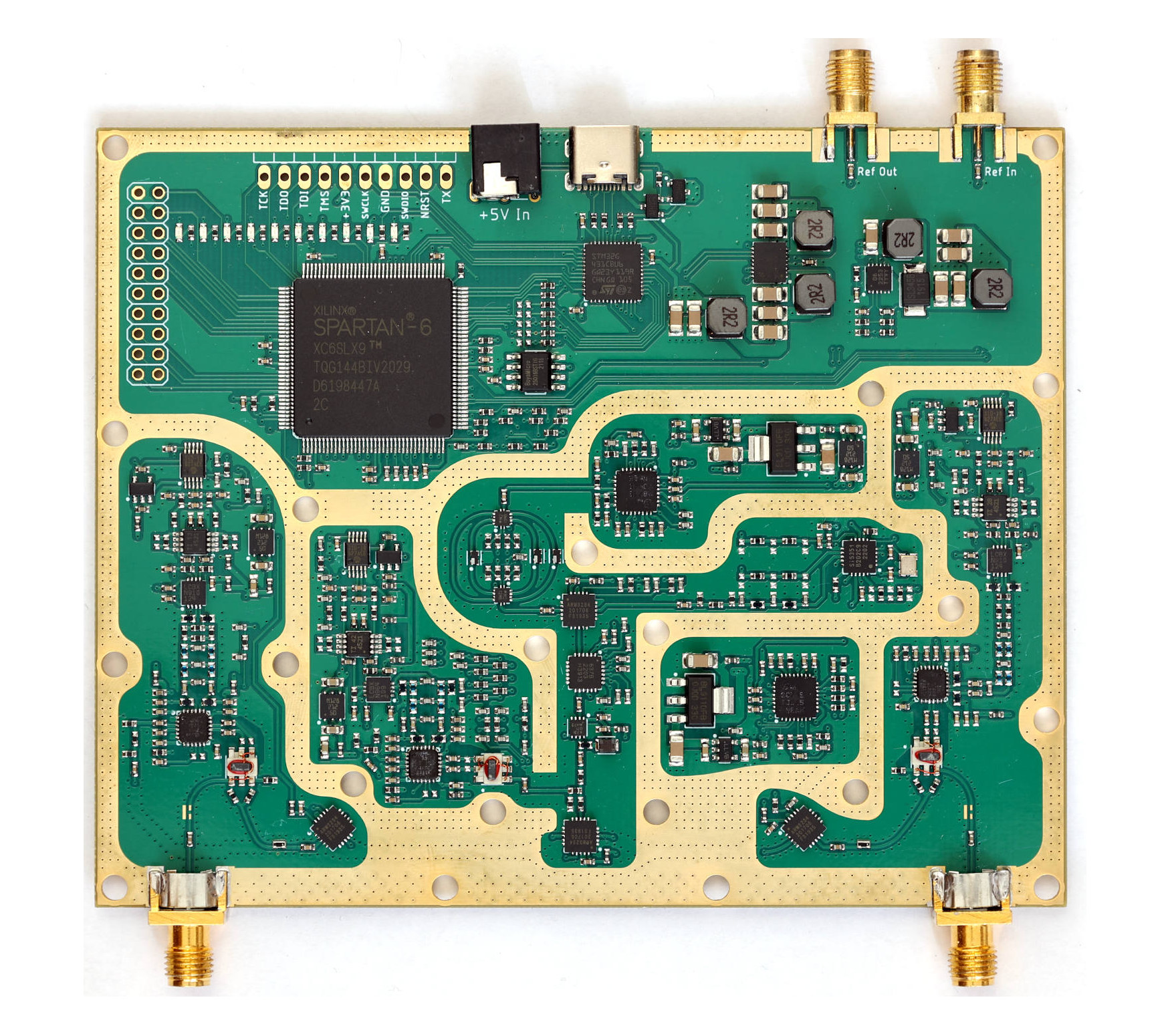SparkFun has launched a new Qwiic breakout board for the Acconeer XM125 60 GHz pulsed coherent radar sensor that can measure distance to humans even through walls and works at a distance of up to 20 meters. We’ve seen tiny 24GHz or 60GHz radar modules for several years now, and Supachai even reviewed the Seeed Studio mmWave sensor using ESPHome and Home Assistant late last year with the solution relying on Frequency-Modulated Continuous Wave (FMCW) technology. The Acconneer XM125 is a Pulse-radar module that emits electromagnetic waves in short bursts instead of continuously like FMCW radars and allows longer measurement ranges potentially at the cost of lower accuracy. Sparkfun Pulse Coherent Radar Sensor specifications: Acconeer XM125 Module A121 60GHz Pulsed Coherent Radar (PCR) Integrated baseband, RF front-end, and antenna in package Detects distance, speed, motion, and objects up to 20 meters away Millimeter precise readings Low power consumption STMicro STM32L431CBY6 […]
Edge Impulse machine learning platform adds support for NVIDIA TAO Toolkit and Omniverse
Edge Impulse machine learning platform for edge devices has released a new suite of tools developed on NVIDIA TAO Toolkit and Omniverse that brings new AI models to entry-level hardware based on Arm Cortex-A processors, Arm Cortex-M microcontrollers, or Arm Ethos-U NPUs. By combining Edge Impulse and NVIDIA TAO Toolkit, engineers can create computer vision models that can be deployed to edge-optimized hardware such as NXP I.MX RT1170, Alif E3, STMicro STM32H747AI, and Renesas CK-RA8D1. The Edge Impulse platform allows users to provide their own custom data with GPU-trained NVIDIA TAO models such as YOLO and RetinaNet, and optimize them for deployment on edge devices with or without AI accelerators. NVIDIA and Edge Impulse claim this new solution enables the deployment of large-scale NVIDIA models to Arm-based devices, and right now the following object detection and image classification tasks are available: RetinaNet, YOLOv3, YOLOv4, SSD, and image classification. You can […]
600 MHz STM32H7R/S Cortex-M7 MCUs feature 620KB SRAM, 64KB boot flash, optional NeoChrom GPU
STMicro has launched the high-performance 600 MHz STM32H7R/S Arm Cortex-M7 microcontrollers: the STM32H7R3/S3 General-purpose MCU lines, and STM32H7R7/S7 graphics MCU lines adding a NeoChrom 2.5D GPU. Both ship with a large 620KB SRAM and a small 64KB boot flash. The reason for the small boot flash is to have the application code and data stored off-chip memory ICs to provide more flexibility to customers when it comes to the choice of memory type and capacity to fulfill the application requirements and lower the BoM cost. The “S” in the STM32H7S microcontrollers stands for Security with a crypto/hash engine that can help the final product achieve SESIP Level 3 and/or PSA Certified Level 3 certifications. Many of the specifications are similar to the STM32H7 microcontrollers, but performance is better going slightly faster than the 550MHz STM32H7 MCUs added in 2020, and the STM32H7R/S adds some new features: 200 MHz Hexadeca SPI […]
WeAct STM32H743 Arm Cortex-M7 board ships with a 0.96-inch LCD and a choice of camera sensors
WeAct STM32H743 is a small MCU development board powered by a 480 MHz STMicro STM32H743VIT6 Cortex-M7 microcontroller and equipped with a small LCD and a camera connector taking OV2640, OV5640-AF, OV7670, or OV7725 camera sensors. The board comes with 2048KB flash and 1MB RAM built into the STM32H7 microcontroller, 8MB SPI flash, 8MB QSPI flash, a microSD for data storage, USB-C port for power and programming, a few buttons, and plenty of I/Os accessible through two 44-pin headers. WeAct STM32H743 specifications: MCU – STMicro STM32H743VIT6 Arm Cortex-M7 microcontroller at 480MHz with FPU, DSP, and MPU, 2048KB flash, 1MB RAM Storage – 8MB SPI Flash, 8MB QSPI Flash (bootable), microSD card socket Display – 0.96-inch TFT LCD based on ST7735 SPI display driver Camera 8-bit Digital Camera Interface (DCMI) with autofocus support OV2640 (1600×1200), OV5640-AF (2592×1944 with autofocus), OV7670 (640×480), or OV7725 (640×480) camera sensors are supported USB – 1x USB-C […]
RAKwireless open sources RUI3 multi-target IoT development platform
RAKwireless has made its RUI3 IoT software development platform open-source so that customers or users can implement “nice-to-have” features on top of the features already implemented by the company which could make it even more versatile in a wider range of IoT scenarios. Introduced in 2022, the RAK Unified Interface v3, or RUI3 for shorts, is a modular IoT platform based on the Arduino SDK with additional functions for IoT connectivity and low power that supports a variety of devices and applications. So developers can learn the language, code once, and use the same software on multiple WisBlock core platforms including Nordic Semi nRF52, STM32, ESP32, and Raspberry Pi RP2040 instead of having to juggle between different the Arduino BSP, the ESP-IDF framework, Nordic nRF Connect SDK, or Raspberry Pi C SDK. Users could already use the RUI3 firmware with the RAK3172 (STM32), RAK4630/RAK4631 (nRF52), or RAK11720 (Apollo3) WisBlock Core […]
STM32WBA microcontrollers with Bluetooth LE 5.4, Zigbee, Thread, and Matter to comply with US and EU Cybersecurity regulations
STMicro’s new STM32WBA series, starting with the STM32WBA52, STM32WBA54, and STM32WBA55 devices, is a family of Arm Cortex-M33 wireless microcontrollers with Bluetooth LE 5.4, Zigbee, Thread, and Matter connectivity that achieved the SESIP (Security Evaluation Standard for IoT Platforms) Level 3 security certification and should make them compliant with US Cyber Trust Mark and EU Radio Equipment Directive (RED) regulations due to become mandatory in 2025. The 100MHz STM32WBA54 and STM32WBA55 microcontrollers come with up to 1MB of flash memory, support Arm TrustZone architecture isolating secure processes and storage, and incorporate background autonomous mode, flexible power-saving states, and analog and digital peripherals found in STMicro STM32U5 ultra-low-power MCUs. STM32WBA54 and STM32WBA55 specifications: MCU core – Arm Cortex-M33 at 100MHz with FPU and DSP Memory – Up to 128KB SRAM Storage – Up to 1 MB flash Wireless Bluetooth Low Energy 5.4 Long Range (LR) capable Up to 2 Mbps Bluetooth […]
WeAct STM32G4 is a tiny board based on STMicro STM32G4 mixed-signal microcontroller
WeAct STM32G4 is a tiny development board based on a 170 MHz STMicro STM32G4 Arm Cortex-M4F mixed-signal microcontroller with DSP instructions and suitable for applications such as motor control, building automation, lighting, digital power meters, and more. Two versions of the board are offered one with an STM32G474CEU6 “Hi-resolution line” microcontroller equipped with 128KB RAM and 512KB flash, and the other with the lower-end STM32G431CBU6 “Access Line” MCU with just 32KB RAM and 128KB flash. The board also comes with a USB-C port for power and programming, three buttons, and two 24-pin headers. WeAct STM32G4 specifications: Microcontroller (one or the other) STMicro STM32G431CBU6 – Arm Cortex-M4F MCU @ 170 MHz with DSP instructions, 32KB RAM, 128KB flash, and math accelerator STMicro STM32G474CEU6 – Arm Cortex-M4F MCU @ 170 MHz with DSP instructions, 128KB RAM, 512KB flash, and math accelerator; high-resolution timer and complex waveform builder plus event handler (HRTIM) for […]
LibreVNA open-source USB vector network analyzer (VNA) works in the 100kHz to 6GHz range
Jan Käberich’s LibreVNA is an open-source hardware USB vector network analyzer (VNA) based on a Spartan-6 FPGA, an STM32 microcontroller, and RF circuitry with MAX2871 and Si5351C chips. The open-source VNA supports two channels and works in the 100kHz to 6GHz frequency range. Vector network analyzers are expensive pieces of electronic test equipment used to measure the magnitude and phase of high-frequency electrical networks costing several thousand dollars. They are commonly used in radio frequency (RF) and microwave engineering applications. Last year, we wrote that Pico Technology released PicoVNA 5 software for Linux, Raspberry Pi, and macOS instead of only providing a Windows program for their commercial PicoVNA devices. I thought it was already a good development even if it was closed-sourced, but LibreVNA goes all the way with an open-source hardware design with hardware design files, the FPGA code, STM32 firmware, and PC software (GUI) all open-source. LivreVNA hardware […]


